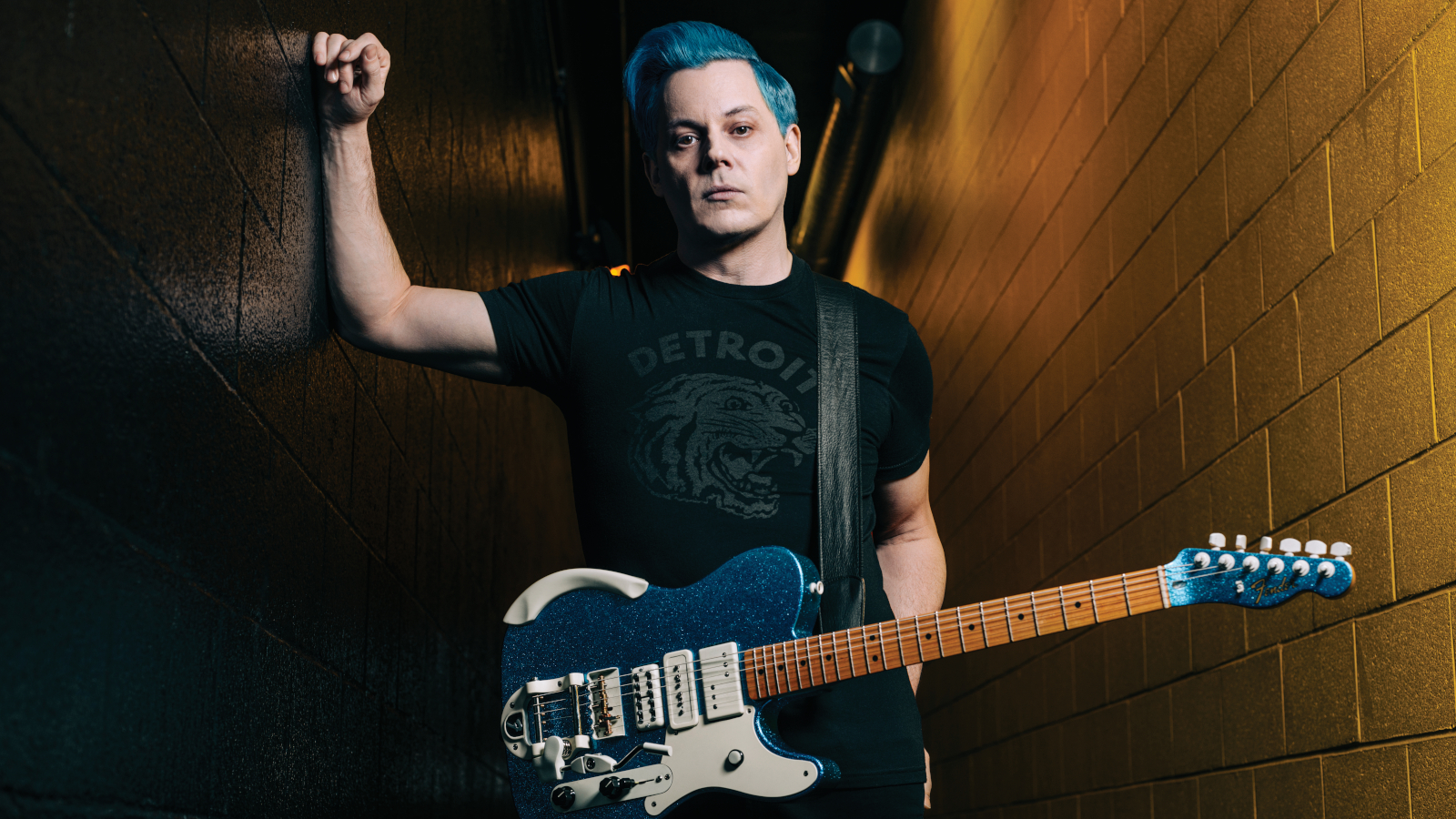“‘Fear of the Dawn’ is the Best Guitar Playing That I’ve Ever Done”: Jack White On His Incendiary Solo Album
Find out how White & Co. managed to nail these explosive sounds in the studio.

Straight out of the gate – and we do mean a noise gate – on the opening track “Taking Me Back,” you are met with a small army of pitch-shifted guitar drones that sounds like someone placed an EBow on a Tomahawk missile.
This is followed by a clutch of punchy, fuzz-bomb power chords that almost seem to claw their way through your speakers. (We actually checked ours to make sure they weren’t damaged. They were fine.)
In an age when guitar sounds on many high-profile rock records tend to be buried, overly burnished or just plain boring, Jack White has taken his enviably visceral, sometimes odd sounds to ever more aggressive and idiosyncratic heights.
And his playing is simply wicked, at times exploding out of the speakers like a mad cross between Frank Zappa, Tom Morello and Prince.
His more lyrical blues playing, like on the closing track, “Shedding My Velvet,” has surely never been stronger.
“I’d like to think that Fear of the Dawn is the best guitar playing that I’ve ever done,” White says, hanging out in the Blue Room performance space at Third Man Records in Nashville.
“While mixing it and listening to playback,” he continues, “I felt that I’d done more with guitar on this album than ever.
“I’ve taken my ideas further. I’ve experimented and taken a lot of risks with both my playing and my tone, and even with the dynamics, from very quiet to very, very loud.
“You’re also noticing the sort of ‘If we’re going to do it, let’s do it’ attitude me and the engineers had with the mixing process. Which is to say, if this new part comes in, I want it to come in heavy-duty. I don’t want the guitars off in the distance. I want each riff to be louder than the one before it, than the verse before it.”
I’ve taken my ideas further
Jack White
Tracking the album, on the other hand, meant being ready for happy accidents and sudden flashes of inspiration.
“Jack works fast when he’s got creative ideas,” engineer Bill Skibbe reveals. “He’s very immediate. You’re not premeditating a lot of it. There’s not a lot of upfront labor going into scrutinizing what kind of head you’re going to use.
“If Jack’s got an idea, we plug into this or that amp as quickly as possible, and find the tone that’s best suited to whatever he’s got in his head.
“From an engineering standpoint, that’s always been my favorite aspect of working with Jack: When it’s time to make it happen, you have to be able to get that sound and tone perfected as quickly as possible.”
In the studio, Skibbe helped set up a semi-circle of amps, including a ’60s-era blackface Fender Vibroverb, a customized vintage RCA tube head and a rare German Echolette B40N head/cab combo.
Skibbe, along with fellow engineer Joshua Smith, exploited a raft of vintage mics for the amps, including RCA BK-5B, 77D and 44BX ribbon mics, Coles ribbon mics and large-diaphragm condensers like the Neumann U67, which Skibbe praises for their “nice midrange bite, which is still a little mellower than a U87.”
If Jack’s got an idea, we plug into this or that amp as quickly as possible
Bill Skibbe
The mics, generally set in a close-mic position, if slightly off-axis, typically hit either the vintage preamps in White’s 1920s-era RCA mixing desk, or simply passed through a vintage Neve 1073 EQ/preamp.
To add “a little jump to the sound” during mixing, Skibbe and Smith often printed the guitars with a Universal Audio 1176 and/or Fairchild compressor, and stereo panning effects were used to “create movement if a part sounded a little static.”
“A lot of people think in terms of relative volumes when they’re mixing,” says Skibbe, who is also a mastering engineer, “but the idea here was to keep two simple ideas in mind: movement and depth of field.
“It sounds strange to say, with all the interesting pedals and cool sounds Jack was getting, but actually the overarching idea was really just to keep the sounds as simple as possible, and keep the creative energy in motion.”

Order Fear of the Dawn here.
Get The Pick Newsletter
All the latest guitar news, interviews, lessons, reviews, deals and more, direct to your inbox!
A former editor at Guitar Player and Guitar World, and an ex-member of Humble Pie, Mr. Bungle and French band AIR, author James Volpe Rotondi plays guitar for the acclaimed Led Zeppelin tribute, ZOSO, which The L.A. Times has called “head and shoulders above all other Led Zeppelin tribute bands.” Find JVR on Instagram at @james.volpe.rotondi, on the web at JVRonGTR.com, and look for upcoming tour dates at zosoontour.com
"This 'Bohemian Rhapsody' will be hard to beat in the years to come! I'm awestruck.” Brian May makes a surprise appearance at Coachella to perform Queen's hit with Benson Boone
“We’re Liverpool boys, and they say Liverpool is the capital of Ireland.” Paul McCartney explains how the Beatles introduced harmonized guitar leads to rock and roll with one remarkable song










